What is a High-performance 4G GSM NB-IoT Flexible Antenna?
The High-performance 4G GSM NB-IoT Flexible Antenna CTRF-ANTENNA-FPC-7027-4420-IPEX antenna item is a flexible PCB antenna cellular 3G 4G LTE GSM UMTS antenna manufactured by C&T RF Antennas Inc for the internet of things wireless network applications.
The High-performance 4G GSM NB-IoT Flexible Antenna has a 44x20mm flexible PCB board Ipex antenna with a 3-5 dBi gain cellular antenna for IoT & M2M applications.
The High-performance 4G GSM NB-IoT Flexible Antenna is supplied by C&T RF Antennas Inc, the NB-IoT antenna & Narrowband IoT antenna internal & external antenna manufacturer in China.
C&T RF Antennas Inc provides antenna types with Through-hole Mount Antennas, Magnetic Mount Antennas, Rubber Duck Antennas, Fiberglass Antennas, PCB Antennas, FPC Antennas, Spring Coil Antennas, Sector Antennas, Yagi antennas, etc.
C&T RF Antennas Inc provides the internal-external IoT antenna with many radio frequency bands such as Cellular, 6G, 5G, 4G, 3G, NB-IoT, GNSS, GPS, Dual-band Wifi, 5.8 GHz, 2.4 GHz, 169MHz, 230MHz, 315MHz, 433MHz, 868MHz, 915MHz LoRa, UWB, RFID, ADS-B, etc.
C&T RF Antennas Inc provides single-band, dual-band, and multi-band antennas such as 3in1 combination antennas 4G/GPS/Wifi antennas, 2in1 4G/GPS antennas, GSM/GPS antennas, 4G/Wifi antennas, GPS/Wifi antennas, etc. for Wi-Fi And Bluetooth, GPS And GNSS, LoRa And ISM, IoT, And M2M applications.
Contact the C&T RF sales team for more details on the High-performance 4G GSM NB-IoT Flexible Antennas such as the 4G GSM NB-IoT Antenna datasheet, 4G GSM NB-IoT Antenna pricing, 4G GSM NB-IoT Antenna inventory, or the other types of 4G GSM NB-IoT antennas.
High-performance 4G GSM NB-IoT Flexible Antenna Specifications
High-performance 4G GSM NB-IoT Flexible Antenna Electrical Specifications | |
| RF Antenna Type | Embedded Flexible PCB Antenna |
| Model | CTRF-ANTENNA-FPC-7027-4420-IPEX |
| Frequency Range | 698-960 MHz; 1710-2700 MHz |
| Gain | 3/5dBi |
| Radiation Pattern | Omnidirectional |
| VSWR | ≤2.0 |
| Impedance | 50 Ω |
| Polarization | Vertical Polarization |
| Cable Type | RG1.13 |
| Cable Length | 100mm |
| Connector | U.FL/IPEX |
| Lightning Protection | DC-Ground |
High-performance 4G GSM NB-IoT Flexible Antenna Mechanical Specifications | |
| Dimension | 44*20mm |
| Weight | Approx. 5g |
| Material | Flexible PCB/FPC |
| Operation Temperature | -40˚C ~ +85˚C |
| Storage Temperature | -40˚C ~ +80˚C |
| Colour | Black |
| Antenna Design | Dipole Array |
| Connector Pull Test | >= 1 Kg |
| Safety Emission and other | RoHS Compliant |
| Applications | ISM/SCADA/Utilities, M2M/IoT/NB-IoT/LoRa, LTE-M/Cat-M, 2G/3G/4G/LTE/UMTS/GSM |
Comparison of GSM and NB-IoT coverage capability
NB-IoT is a new generation of cellular IoT access technology defined by 3GPP for Low Power Wide Area (LPWA) type of services, mainly for IoT services with a low rate, low latency, ultra-low cost, low power consumption, wide and deep coverage, and large connection requirements.
NB-IoT adopts coverage enhancement and low power consumption technologies and simplifies the physical layer transmission method, network structure, and signaling process.
Coverage enhancement is an important feature of NB-IoT, which proposes a coverage target of 20dB enhancement over GSM, i.e., MCL (Maximum Coupling Loss) should reach 164dB, mainly by improving power spectral density, repetitive transmission, and low-order modulation preparation.
Firstly, we analyze the principle and characteristics of GSM and NB-IoT, study the NBIoT coverage enhancement method, and compare and analyze the coverage capability of GSM and NB-IoT.
Each cell has several carrier frequencies, and each carrier frequency has eight-time slots, which means that eight basic physical channels are provided. In the wireless subsystem, the physical channels support the logical channels, which are mapped to different logical channels according to the types of messages transmitted on the physical media.
In GSM systems, logical channels can be divided into service channels (TCH: Trafic Channel) and control channels (CCH: Control Channel).
1. BCCH (including FCCH, SCH) is the broadcast control channel, they only appear on time slot 0 (Ts0) of BCCH carrier frequency, for the downlink channel.
2. SDCCH is an independent dedicated control channel, a time slot (Ts) can usually carry 8 pairs of SDCCH channels, called SDCCH /8 channels. When the cell signaling traffic is small, we can combine SDCCH, CCCH (including RACH, PCH, AGCH) with BCCH broadcast channel to Ts0, at this time, the time slot is BCCH+CCCH+SDCCH/4.
Among them, BCCH, FCCH, SCH, PCH, and AGCH only use the downlink channel of Ts0, RACH only uses the uplink channel of Ts0, and SDCCH is the channel that appears in pairs in the uplink and downlink.
When the traffic of this cell signaling is significant, a maximum of 40 pairs of SDCCH channels can be set, occupying 5-time slots, and it can appear on Ts0, Ts2, Ts4, and Ts6 of any carrier frequency. It is worth mentioning that SDCCH can be defined to interconvert with TCH to save channel resources.
3. CCCH (including RACH, PCH, AGCH) is the public control channel, the number of CCCH message blocks set is related to the service volume of the LAC area to which the cell belongs, when the service volume of the LAC area is large, CCCH can be combined with BCCH only on Ts0, i.e. BCCH+CCCH;
When the service volume of the LAC area is small, the cell control channel can be set as BCCH+CCCH+SDCCH/4.
It is worth noting that the PCH paging channel of a cell is oriented to all cell phone users in the LAC area to which it belongs, independent of the capacity of this cell, therefore, the number of CCCH settings required for each cell should be the same.
4. SACCH and FACCH are with the road control channel, they do not exist alone, but take the “frame stealing” way to accompany the TCH or SDCCH appearance. (TCH and SDCCH can accompany SACCH, TCH only accompanies FACCH)
5. CBCH is a cell broadcast channel, which is used to broadcast some public messages of the cell (such as business information, weather information, etc.), and is a value-added service provided by the operator. It usually occupies the third sub-time slot of SDCCH/8, is a downlink channel, and propagates point-to-multipoint.
The maximum transmit power of the NB-IoT uplink terminal is 10dB lower than GSM, but since the minimum scheduling bandwidth of NB-IoT is 3.75K or 15K, the uplink power spectral density of NB-IoT is 0.8~6.9dB higher than GSM.
In practice, when doing network planning, the coverage radius needs to be planned considering the uplink rate target, interference margin, penetration loss, coverage rate, power consumption of IoT terminals, etc.
The link budget results show that NB-IoT coverage radius is about 4 times of GSM/LTE, and NB-IoT coverage enhancement can be used to improve the deep coverage capability of IoT terminals, or to improve the coverage of the network, or to reduce the station density to reduce the network cost, etc.
The coverage capability of NB-IoT Standalone, Guard band, and In-band deployment methods are also analyzed, and all three deployment methods can meet the coverage target of MCL 164dB by different repetition times.
But since the Guard band and In-band power are limited by LTE FDD system power, their power is lower than Standalone power is 5dB or 8dB lower than Standalone.
To achieve the same downlink coverage capability, more repetitions are required, and the downlink rate is lower than Standalone at this time; the difference between the three in the uplink direction is not significant.
Embedded Antena 4G GSM NB-IoT Flexible PCB Antenna Features
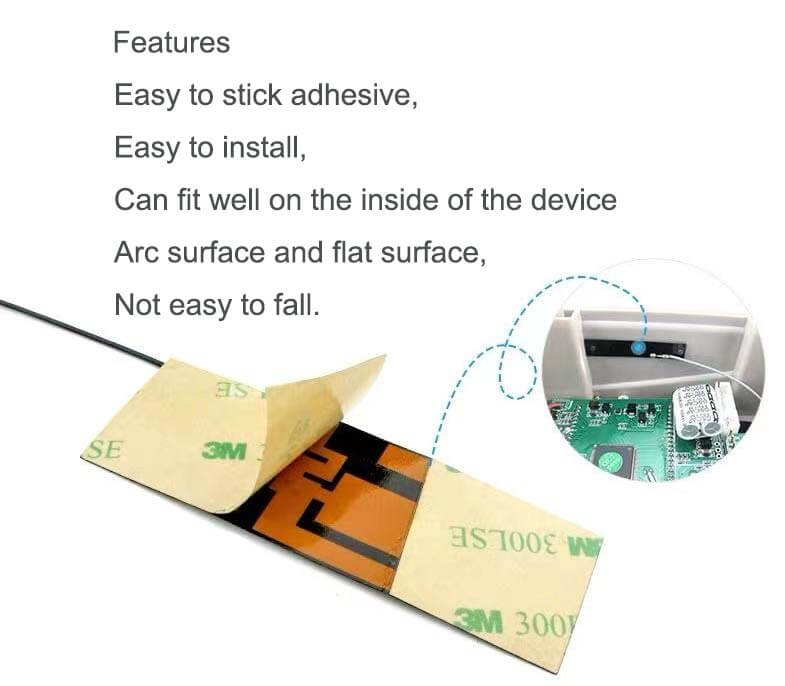
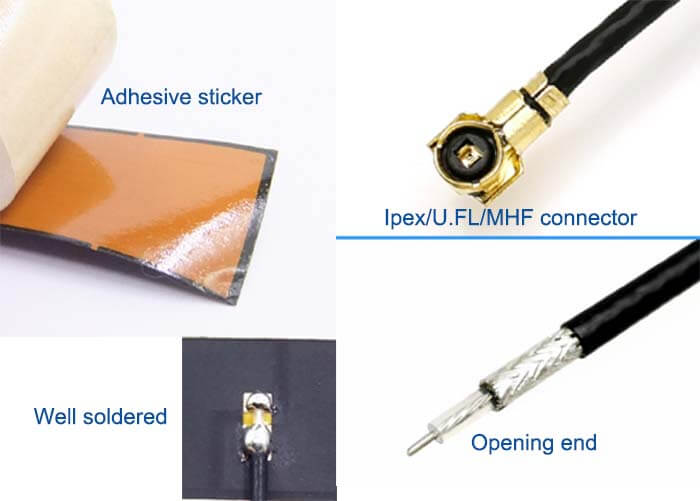
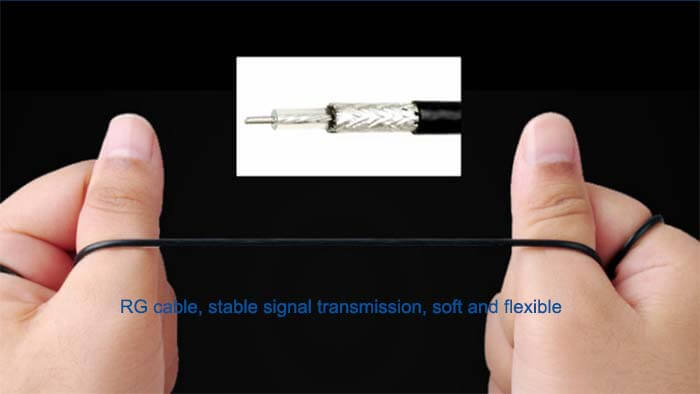
High-performance RF Antenna Applications


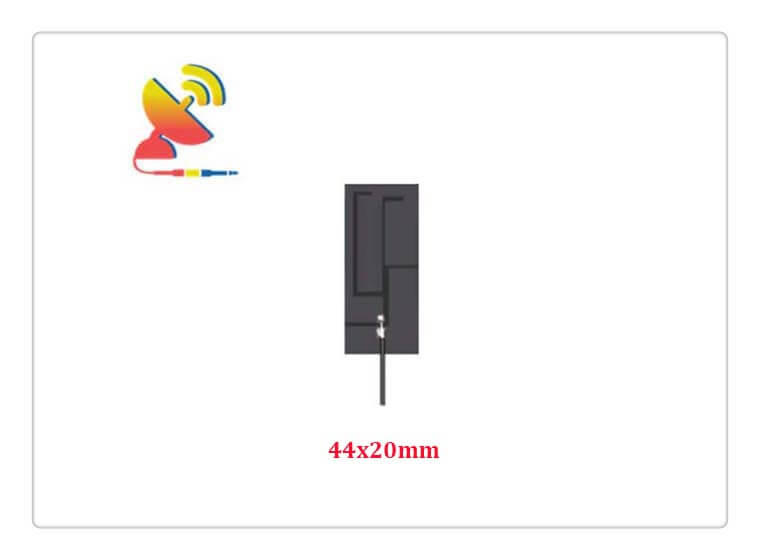
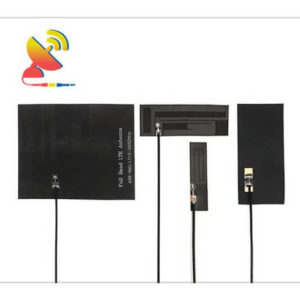
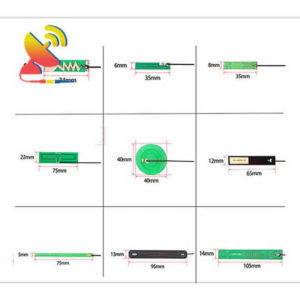
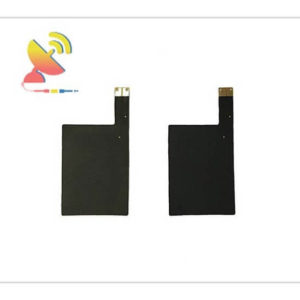
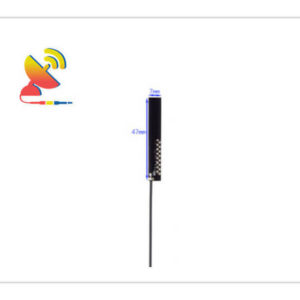
Reviews
There are no reviews yet.